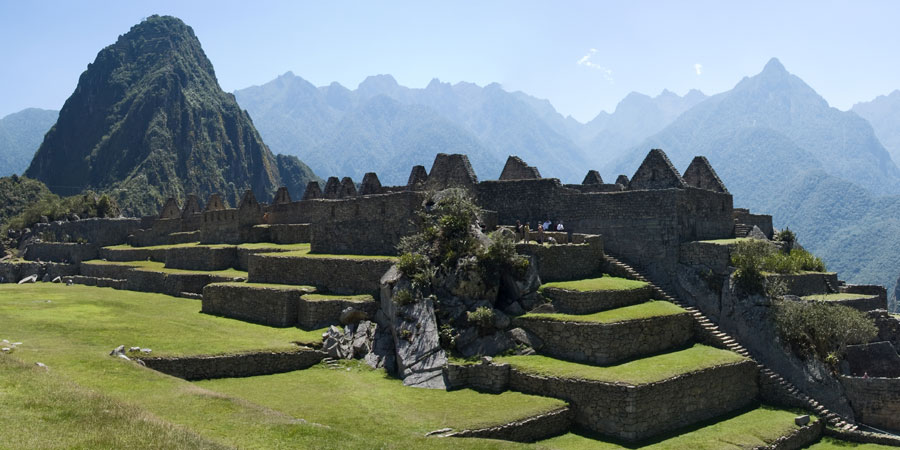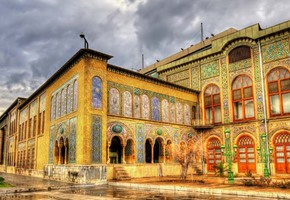Sometimes, it is absolutely incredible to think about civilisations that no longer exist today - and even more incredible to think that relics from those times actually exist and are able to be seen and visited. Here are some of our favourite examples of ancient civilisations around the world.
Machu Picchu, Peru
The (mistakenly titled) Lost City of the Incas - named so because of its hard to reach hilltop location and because it was found 500 years after it was built. This awe-inspiring sight is the first of this list to be considered one of the New Seven Wonders of the World. Even though the Incas are fairly recent in the timeline of the world, with Machu Picchu being built for their emperor Pachacuti in around 1450, the fact that this marvellous place remained hidden for so long (until 1911) makes them seem further in the past than we think. Here, you can find ritual sites, homes, and temples, which allows us to peek into the past of one of South America's greatest civilisations.
Stonehenge, UK
No one is entirely sure how these incredible slabs of rock got here, or even what they were for, so they can't really offer any real insight into the ancient people of Britain. However, would a list of civilisations be complete without them? These slabs of Welsh rock that somehow found themselves in Wiltshire date back to 3100 BC, and many incredible legends surround them, from King Arthur to deals with the devil. Today, due to their fragility, they are rarely used apart from the festivals around the Summer and Winter Solstices.
Easter Island, Pacific Islands
They're the most famous statues in the Southern Hemisphere - enormous heads, known as 'Maoi' (which do actually have bodies attached) that overlook Easter Island. The Maoi are actually one of the younger examples on the list, having been finished only in the 1500s, but their construction tells us much about the Rapa Nui people that carved them, namely the technology available to them, the craftsmanship of those who carved the heads, as well as traditional styles of dress shown on the statues. Alas, due to European intervention, the statues were damaged and pulled down in the 19th century, but thanks to restoration efforts, it is still possible to see them in their former glory.
Petra, Jordan
Petra is almost a living museum of ancient wonder. Built in 300BC, the city has been largely preserved due to the dry and arid climate and the fact it is mostly carved into cliffs. One of the most iconic sights of Petra is Al-Khazneh - the Treasury of Petra. Massive stone pillars, intricate carvings, and starring roles in many films including Indiana Jones and the Last Crusade has made this particular building world famous, and for very good reason. Petra is another example of the New Seven Wonders of the World.
Pyramids of Giza, Egypt
The final member of the New Seven Wonders of the World to grace this list, and nearly as old as Stonehenge, the Pyramids of Giza complex is undoubtedly one of the most outstanding sights a historian could want to see. With six enormous pyramids - including the iconic 'Great Pyramid' - as well as the mysterious Sphinx, it is no wonder that this complex has achieved iconic status. Thanks to the intricate hieroglyphs on the inside, as well as the impeccable record keeping of ancient Egyptians elsewhere, it is clear to see a snapshot into the life of this civilisation that ruled the Nile and the north of Africa for so long.
York, UK
The second of the UK's contributions to this list, York has shown signs of constant habitation since around the 2nd century AD. From the original Eboracum of the Romans, to Ebor of the Anglo Saxons, through to Jorvik, which stood as the capital of Viking England up until it became York under the Normans, this ancient city has had many names and seen many eras of history. In the surrounding areas, buildings and treasures have been found dating back through all of these times, giving a fascinating insight into what life was like in ancient Britain. Of course, we also love it because it is the home of Great Rail Journeys.





